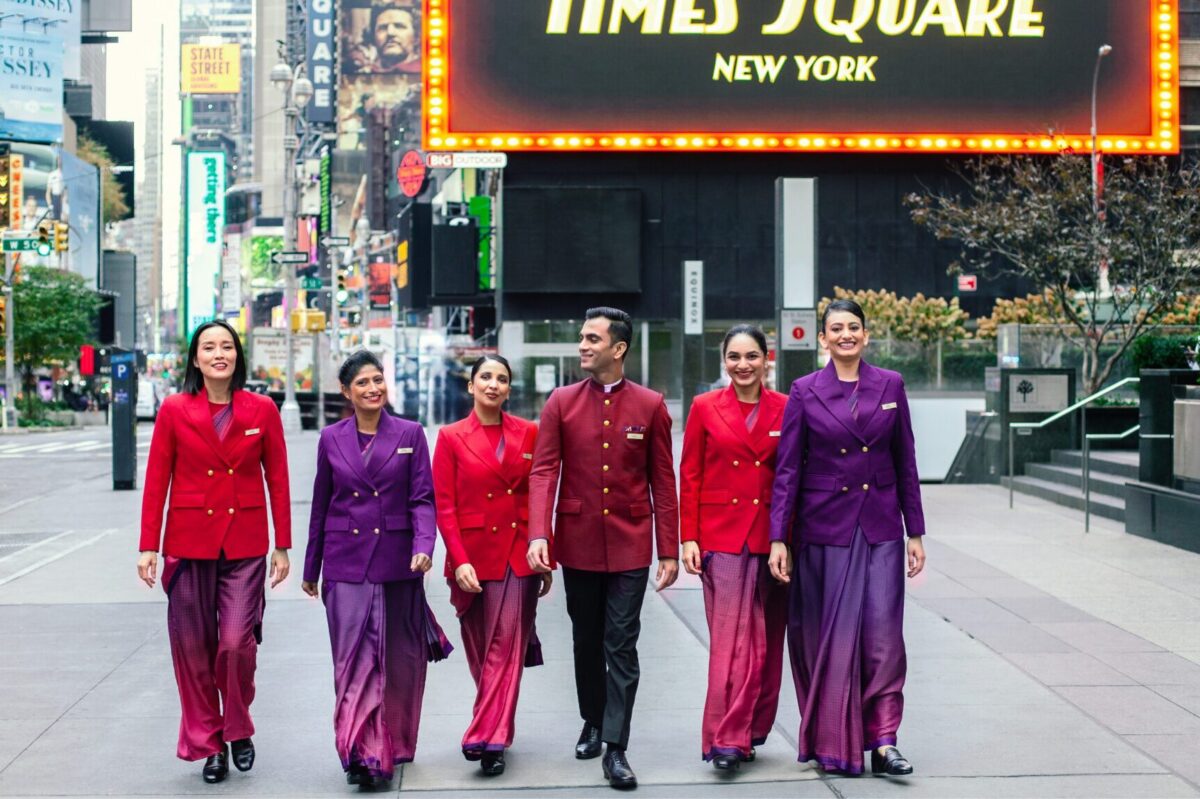Air India Loyalty Program to Include Air India Express: Plus, Plans for First Class and New Long-Haul Hubs

Skift Take
Air India will soon extend its revamped loyalty program Maharaja Club to customers of low-cost carrier Air India Express, a company executive said during a discussion with reporters.
Air India Express' frequent flyer program is currently integrated into the Tata NeuPass program, which consolidates all Tata brands in one platform for customers.
Overhauled last April, the Air India loyalty program now features a point-based system with enhanced “earn and burn” opportunities. Nippun Aggarwal, Air India’s chief commercial officer and transformation officer, said the membership has surged from 3 million to 10 million, with monthly enrollments increasing fivefold. The number of active members have also gone up significantly.
“The loyalty program was long overdue for transformation. Today, it is designed to maximize value for customers,” Aggarwal said.
Plans for co-branded credit cards are also underway, with the goal of significantly scaling participation and improving customer rewards. “The co-branded credit cards present a huge market opportunity. The numbers that we have today are very small, and we a

